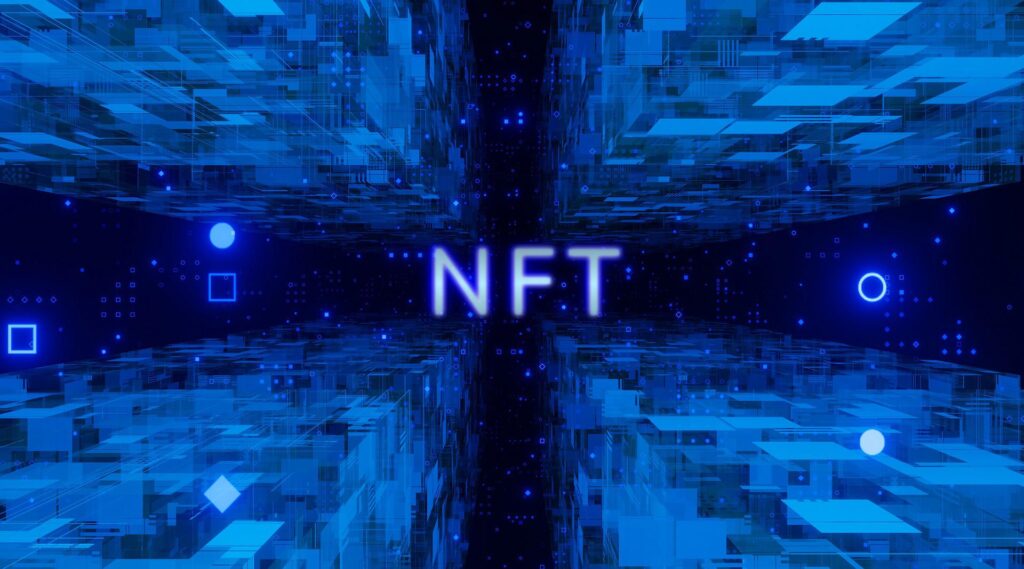Are NFTs bad for the environment? A myth or reality?
Are NFTs bad for the environment? Many people ask this question frequently. Today we are here to answer one of the complex questions of the NFTs industry. To find the answer to this question, we first have to deep dive into the world of NFTs and understand how NFTs actually work.
What are NFTs:
Nonfungible tokens are digital assets of real objects on the internet i.e video, photo, or piece of art. Same as cryptocurrencies, NFT stores information on blockchain making it impossible to alter or replace.
NFTs work on the Ethereum blockchain as it is a distributed public ledger that records transactions. Nonfungible tokens are individual tokens and they store valuable information.
Each NFT has unique and verifiable data on them. That data makes it possible to verify, validate and transfer ownership of data between buyer and seller.
How do NFTs work?
As we discussed above, NFTs use the Ethereum blockchain. Ethereum blockchain requires a proof of work mechanism to confirm and validate every new block added to the blockchain.
The entire network solves the complex problem of validating and adding new blocks to the computer system called mining. One who solves the problem first gets the right to validate the block. A lot of energy is used in this race of solving the problem. In this way, NFTs are becoming bad for the environment.
How are NFTs bad for the environment?
There are three main steps that an NFT must go through and that impact the environment:
1) Listing of NFT on the marketplace:
Before an NFT is mined it has to be listed on a marketplace and that usually isn’t energy intensive but the selection of the marketplace decides whether that particular NFT is going to be energy intensive or not.
If we, for example, take the example of marketplaces like Ethereum and Opensea they both require a Proof of Work mechanism and that’s why they are very energy extensive.
2) Purchase or Sale of an NFT:
When someone purchases or sells NFTs, extensive use of electricity starts. The reason for that is the initiation of the mining process by miners to validate the transaction. These miners have heavy-duty computing hardware to solve these complex problems.

Miners start competing in the race to solve the complex computational problem and then high usage of electricity takes place.
3) Storage and transfer of NFTs:
When the purchase is made, the owner can store the NFT in the same marketplace or transfer it to another marketplace.
If the owner transfers the NFT to another marketplace i.e from Opensea to Ethereum the same mining process of NFTs that was used to mine the NFT will be repeated and thus extensive electrical energy will be used. Although, Storing an NFT on the same platform does not consume any energy.
Does the question arise how exactly mining of an NFT is harmful or bad for the environment? The answer is very simple, only those miners who have power hardware that is able to perform and solve complex mathematical problems quickly will be able to get the reward.
Worldwide there are countless miners that are in a race to validate a block and only one of them will be assigned that block. This method uses extensive energy. According to research the amount of energy used to validate a single NFT transaction is more than the energy used to power a single US house for 9.5 days.
Moreover, other research shows that completing a single NFT transaction emits more than 150 kilograms of carbon dioxide that is ultimately leading to the greenhouse effect.
According to an estimate, bitcoins will rise the earth’s temperature by 2 degrees, and NFTs work on the exact same mechanism.
ARE YOU WILLING TO GROW YOUR BUSINESS ONLINE?
NFTs enable artists to reach new audiences.
Can NFT use Less energy?
NFT industry is not unaware of its impact on the environment. That’s why they are also looking for some green and environment-friendly ways to perform NFT transactions.
Following are some ways to make it happen.
1) Using Green Energy resources for mining of NFTs:
The first step the NFT industry should take to reduce its bad impact on the environment is to stop mining by the traditional grid power. Miners should use green energy resources like hydropower, wind power, or solar power to do mining.
2) Using the Proof of Stake method:
Like Solana and Cardano, Ethereum and Opensea should also start using the Proof of stake mechanism. It will reduce the amount of problem-solving and thus it will consume less energy.
Conclusion:
So far, it seems like the future of NFTs is very bright. As it is helping artists and content creators get rewards for their hard work, but sill we can not ignore its impact on the environment. Till now there is no doubt that NFTs are bad for the environment but solutions do exist.
If we introduce the proof of stake method and green energy resources, there is no second thought it will reduce the amount of harm it is causing to the environment.

